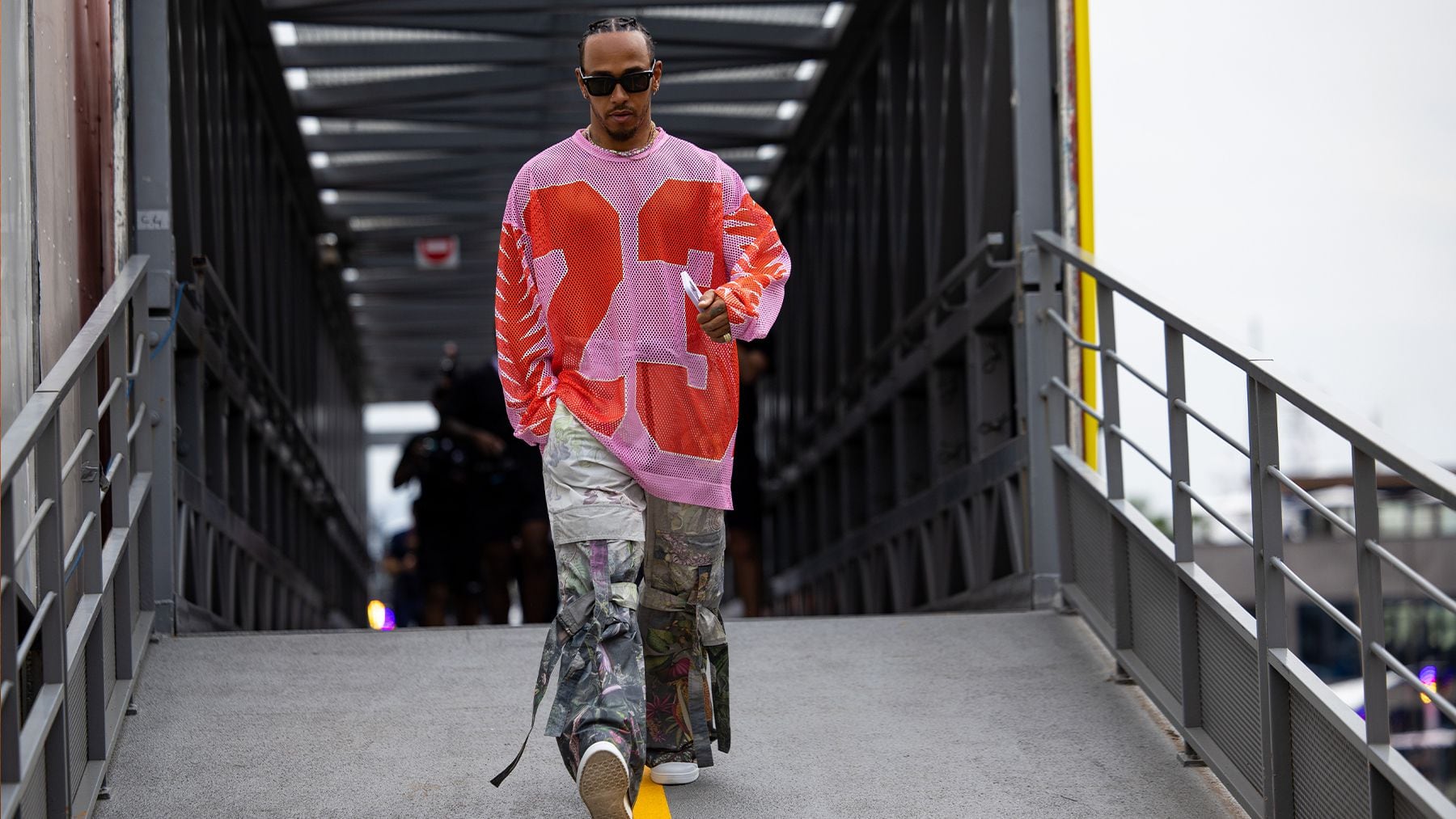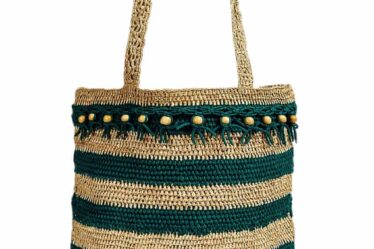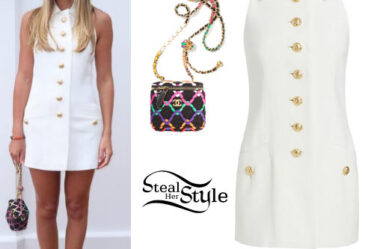
To get a snapshot of fashion’s sports-marketing playbook in 2023, start with the tie-up between Louis Vuitton and LeBron James.
The NBA star recently became a new face of the brand, appearing in a campaign that popped up on billboards in New York on Oct. 24. But it was James’ entry into Denver’s Ball Arena that night for his team’s season opener that caused the bigger stir. For the walk from the parking lot to the locker room he wore a reported $28,000 of Louis Vuitton designed by its new menswear chief, Pharrell.
In a collaborative post, James and Pharrell shared an image of the moment on Instagram. Louis Vuitton, on its official account, instead of using the glossy campaign image also posted a shot of James’ arrival.
At the other end of the spectrum is an emerging name like Shedeur Sanders, quarterback for American college football’s Colorado Buffaloes, who in July shared a post sponsored by Urban Outfitters to his Instagram.
As detailed in BoF’s latest case study, fashion has fully woken up to sport’s massive marketing potential. By 2030, the global sport-sponsorship market is expected to reach $109.1 billion, up from $63.1 billion in 2021, according to PwC. Driving it is not just the record viewership of sporting events but also the unprecedented star power of athletes.
That’s thanks in large part to social media, which lets sports stars connect with fans in ways they couldn’t previously and lets fans track players off the field. Deloitte has found approximately 80 percent of Gen-Z fans follow a professional athlete online, which can influence the brands they follow and the products they buy.
Fashion has become a vital piece of an athlete’s image and branding, enabled by moments like the tunnel walk, pictures of which frequently circulate online. Former NBA player JJ Reddick once griped that some athletes even seem more concerned with getting a pregame fit on Instagram than winning.
“You stress over outfits for days,” Golden State Warriors star Stephen Curry told the New York Times in 2016, during his team’s battle against LeBron James and the Cleveland Cavaliers for the NBA championship, “and you wind up wearing it for 30 seconds when you walk from the parking lot to the locker room.”
While this overlapping of fashion and sports isn’t totally new, it’s reached novel heights in recent years. Athletes who grabbed attention with their style like Joe Namath, the former American football quarterback who turned heads with his big fur coats, or Dennis Rodman, the gender-bending former basketball player, were once the exception. These days you’re as likely to see Formula 1 driver Lewis Hamilton or an NFL player like Travis Kelce, the Kansas City Chiefs tight end who’s dating Taylor Swift, turn up in a full designer look as not.
And they will, of course, post that look to Instagram.
The rise of social platforms gave athletes new tools to build themselves as brands separate from their teams and sports by letting them offer fans more access to their lives on and off whatever playing surface they compete on. Chinese-American skier Eileen Gu, for instance, probably posts as many photos of travelling and attending events, including the runway shows she sometimes walks in, as she does of her time on the slopes.
As of 2021, US college athletes such as gymnast Livvy Dunne were able to start making money from their names and images as well, opening up the opportunity for brand endorsements. Some can make as much as $25,000 for a TikTok post, according to Bloomberg.
It creates a natural opportunity for fashion businesses to work themselves into posts that can help them reach audiences that can be far larger than their own in some cases. James’ follower count on Instagram totals 158 million as of this writing, compared to Louis Vuitton’s 54.7 million. Dior (45.4 million followers) has similarly teamed with athletes like football phenom Kylian Mbappé (109 million followers). The most-followed person on the platform remains Cristiano Ronaldo (611 million followers).
Much as the news that Skims had become the official underwear partner of the NBA may have surprised people, it probably shouldn’t have. If anyone understands the value of high-profile personalities with giant social followings, it would be Skims co-founder Kim Kardashian.
As the BoF case study makes clear, however, it’s not enough for brands to sign up an athlete ambassador and wait for the sales to roll in. Brands need to make sure there’s alignment between their audiences and the following of the athlete or sport they’re teaming with. They will also want to think about creative ways of partnering with sports stars, which could include launching products.
Athletes need content for their Instagram posts, after all.
Disclosure: LVMH is part of a group of investors who, together, hold a minority interest in The Business of Fashion. All investors have signed shareholders’ documentation guaranteeing BoF’s complete editorial independence.



